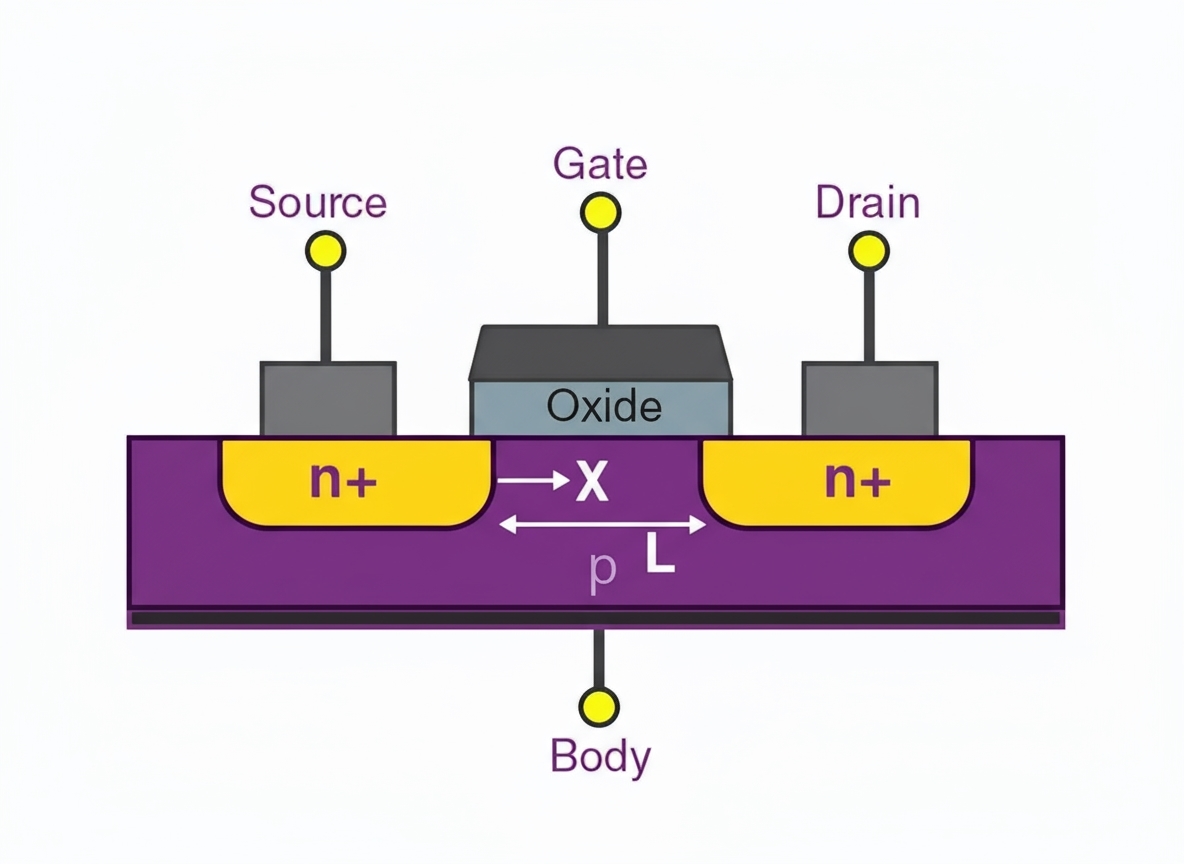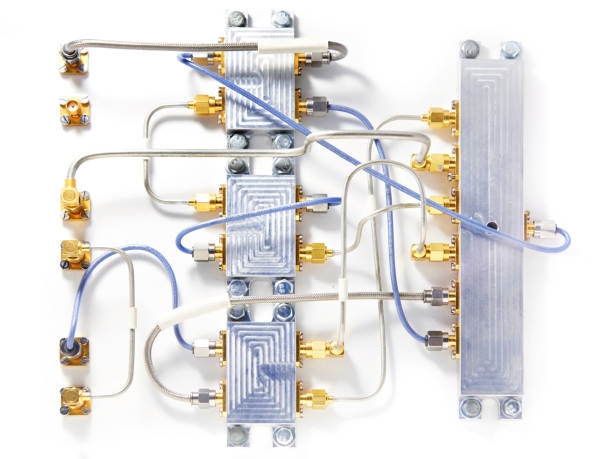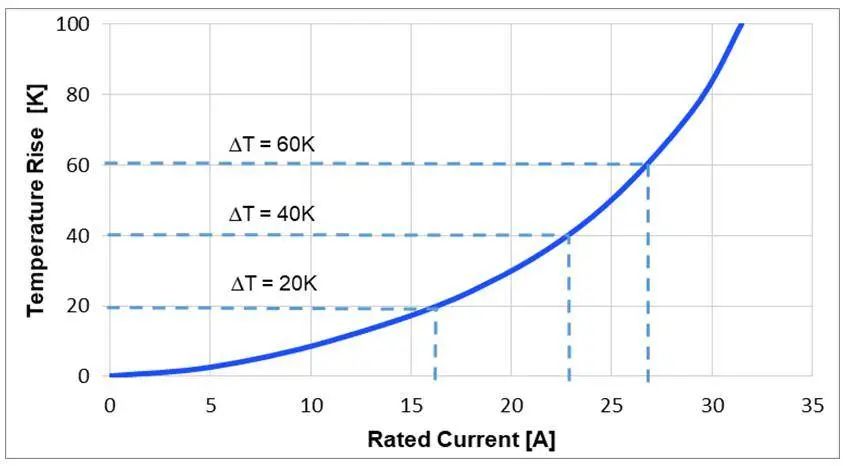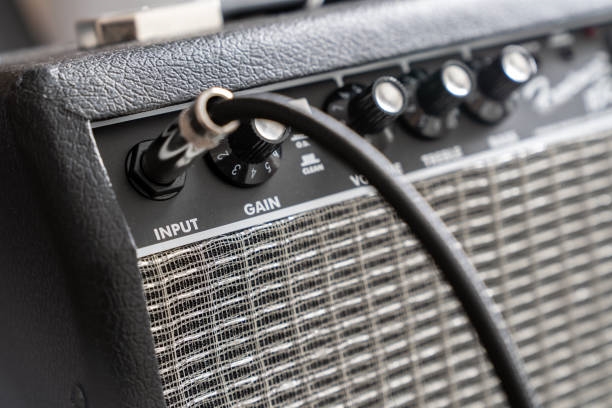Question: When examining some schematic designs, small series resistors (0¦¸, 22¦¸, 33¦¸, etc.) are often observed, though not consistently used in similar applications. What is the purpose of these resistors? When should they be used, and how are their values determined?
Several explanations exist for this practice:
1. Debugging and Design Flexibility
Some engineers consider these resistors as reference design recommendations or experience-based design provisions for future debugging convenience.
2. Interface Protection
Others suggest they protect interfaces against low-energy voltage spikes. For example, during serial communication, instant plugging/unplugging may generate narrow voltage pulses. A series resistor helps dissipate this energy - a 5.1V/5mA pulse passing through a 30¦¸ resistor would drop to approximately 5V.
3. Impedance Matching for High-Speed Signals
The primary technical reason involves impedance matching in high-speed digital signal transmission. Impedance mismatches cause signal reflections and overshoot, similar to how light refracts and reflects at medium interfaces, reducing terminal energy.
In PCB layouts, impedance discontinuities (caused by vias or trace width variations) create signal reflections that interfere with original signals, potentially causing decoding errors. Well-designed layouts may use 0¦¸ resistors, while problematic cases require small resistors to adjust signal quality by eliminating overshoot and ringing.
 ALLPCB
ALLPCB





